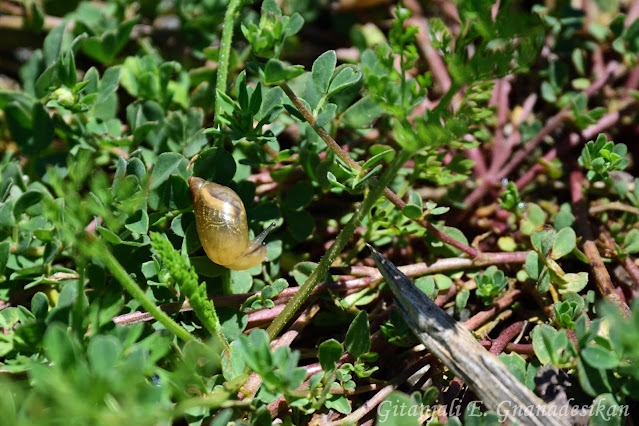Last month, for both my birthday and Father's Day, my family took a sail on the Bluenose II. We had all seen the Bluenose II at dock many times, but never had the opportunity to sail aboard her. It was a lovely morning, with good wind for sailing, and beautiful views of Lunenburg harbor.

For those of you not familiar with the Bluenose, let me explain. The original Bluenose, a Grand Banks schooner, was built in Lunenburg in 1921. She was designed by William James Roué to both fish and race, and specifically to compete in the International Fisherman's Cup, a race for working fishing schooners. (The name "Bluenose" comes from an old nickname for Nova Scotians.)

The Bluenose was a working fishing vessel, bringing in cod from the Grand Banks. But she was also legendarily fast, winning the International Fisherman's Cup in 1921 and beating out the American competition, as she continued to do for many years, including in the last race in 1937.

The Bluenose holds the honored spot on the back of the Canadian dime, including the traditional design circa 1937, and the 100th anniversary design released last year and pictured here on display next to the Bluenose II.

Okay, but why II? The original Bluenose was sold to the West Indies Trading Company in 1942 and converted to a freighter. Tragically, she foundered on a reef off the coast of Haiti in 1946. The Bluenose II is a replica, built in 1967 (and then significantly rebuilt in 2013).

So we were thrilled to have the chance to sail on the Bluenose II. I grew up with songs about the Bluenose and ships like her (e.g. Bluenose by Stan Rogers and Wooden Ships & Iron Men by Jim Hanlon), and we sang snippets from them as they fit the moment.

The ship herself is beautiful, with so many details that catch the eye.
Most of the ship is built from local Nova Scotian wood, but the masts are built from Oregon pine.
Here's one of the
dories, the boats actually used to fish (as opposed to carrying the fishermen and fish).
Of course, while aboard, one doesn't get a good view of the ship herself in full sail... (and actually, they only hoisted four of the eight sails).
But one does get really lovely views of the harbor...
Which includes the Theresa E. Connor, Canada’s oldest salt bank schooner.
She's topped by colonial flag of Canada, known as the Canadian Red Ensign, which
started as a specifically naval flag, although it was adopted more generally as a national symbol and flag until it was replaced by the maple leaf flag in 1965.
Meanwhile the Maude Adams is a working fishing vessel...
In a another numismatic connection, the Lunenburg waterfront was pictured on the
back of the $100 bill from 1976 to 1988.
As we got under sail, we noticed a creature peaking out from the water. At a distance, it was hard to tell what it was. While harbor seal seemed like the most obvious answer, it seemed maybe larger than a seal, disturbing a fair bit of water.
But from the photos, I realized that was because there were two seals!
They seemed to be having fun!
As we turned back towards the harbor, we sailed right past the Battery Point Breakwater Lighthouse.
We saw several other sailboats out and about...
And after about two hours, we returned to Lunenburg.
Also at dock was the Pride of Baltimore II, another beautiful replica wooden tall ship, in this case a Baltimore clipper topsail schooner, with heavily "raked" (angled) masts.
Finally, near the docks, there is a fisherman's memorial, honoring ships and local fishermen lost at sea through the decades. It is a beautiful monument, shaped as a compass rose, with a tragic number of names.
Each stele is also inscribed with different types of fishing boats.
The original Bluenose is, of course, among the vessels lost.
"Dedicated to the memory of those who have gone down to the sea in ships and who have never returned and as a tribute to those who continue to occupy their business in great waters."
That's all for now, and it was probably a bit much to cram into one post. But I hope you learned something about the Bluenose and Lunenburg! (I know I did while writing this!)



